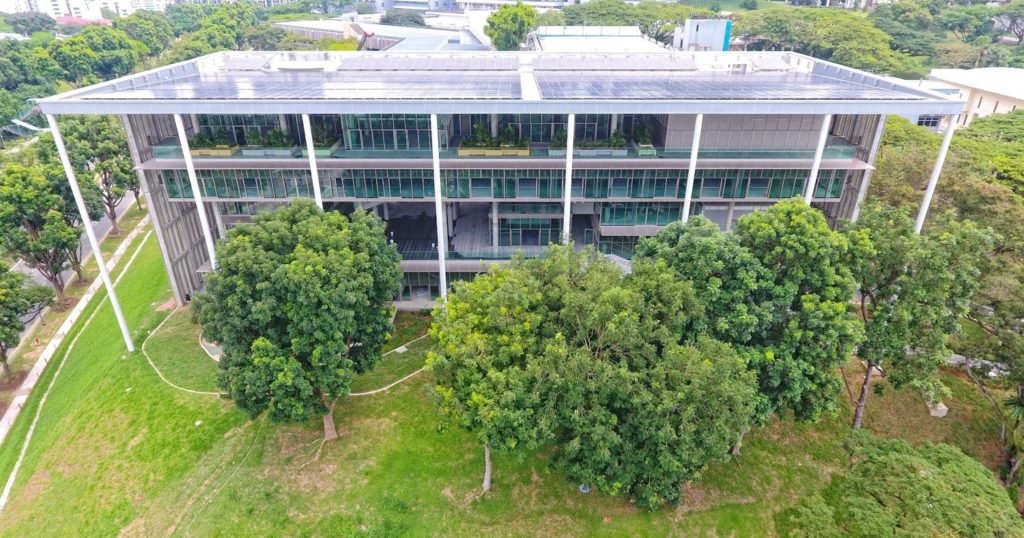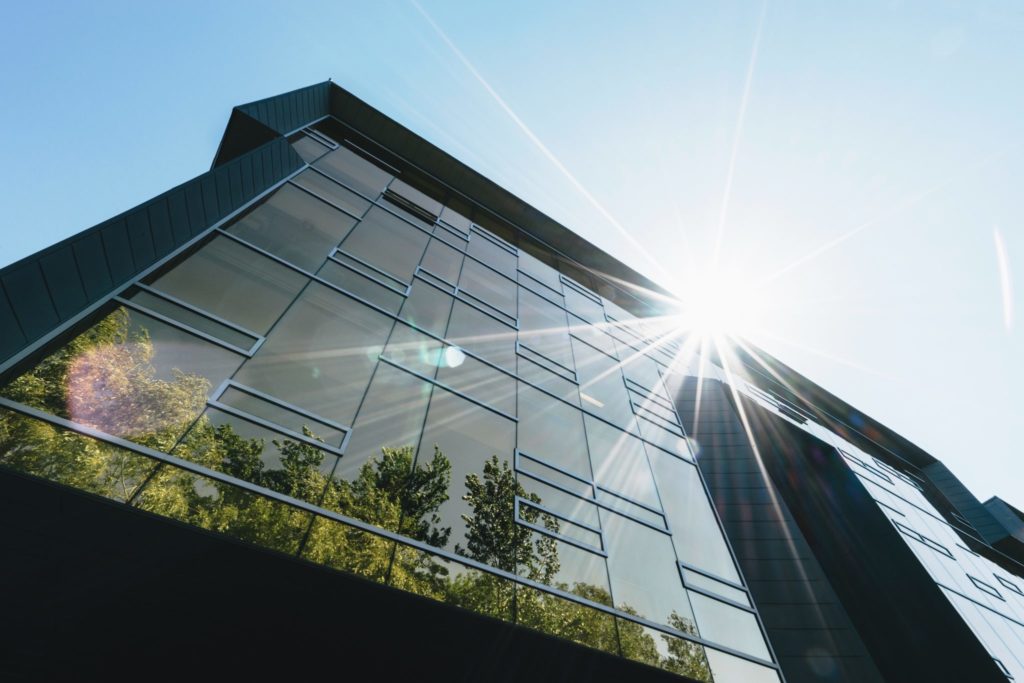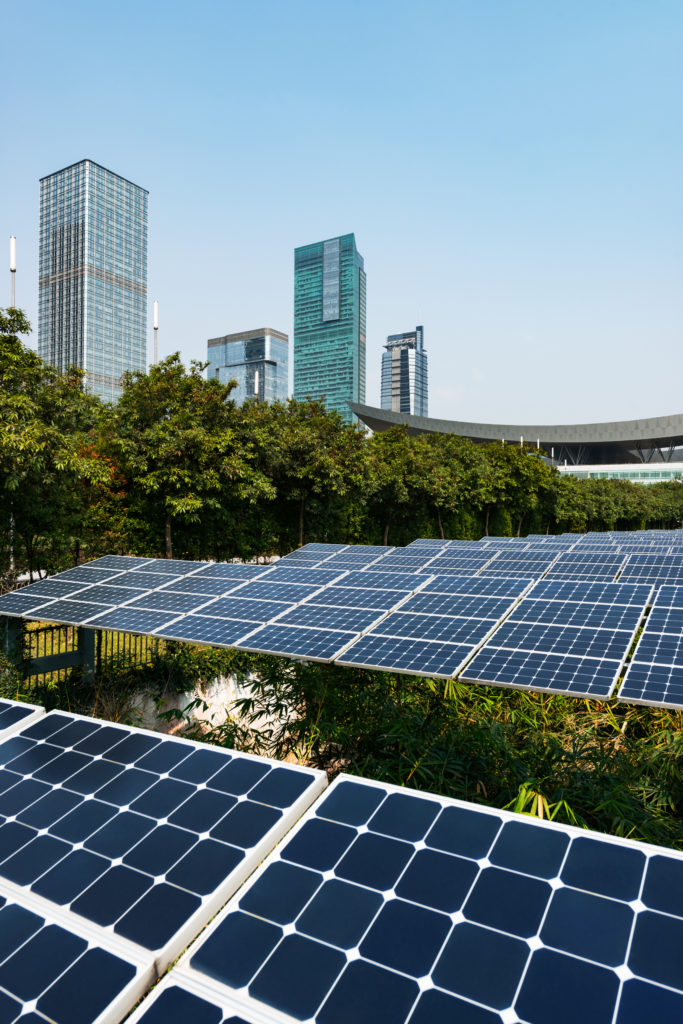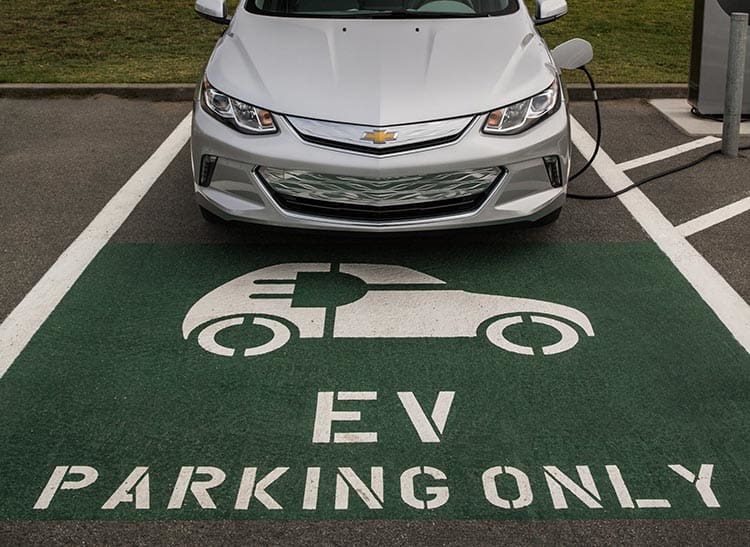We take a look back at 2021 and offer predictions for what will be key themes in 2022.
2021 proved to be a big year for our industry and for ID360. Major climate gatherings such as COP 26 took place. As well as localized convenings like Verge21 and Greenbuild. Sustainability leaders and experts made climate action planning mainstream conversation. Most recently we also welcomed historic legislation with the passing of the Infrastructure bill.
Here at ID360, 2021 brought the launch of our ID360 Academy. This online, on-demand resource is now available for those working in green building, design, and implementation. We also played a significant role in many projects including Climate Action Plan implementation for the City of Foster City, California.
Looking to 2022, four key themes emerge: resilience, decarbonization, infrastructure and education.
Resilience
Extreme weather events have shown that resilience is an essential piece of any climate action plan. In 2021 extreme weather was commonplace here in California. The ability to prepare for, recover from, and adapt to impacts from extreme weather will be a central theme in 2022. Particularly fueled by the Infrastructure bill, local municipalities, states, and regions will be better equipped to develop plans that support resilience.
Decarbonization
The world is transforming its energy system from one dominated by fossil fuels to one with net-zero emissions. This transition is critical to mitigating climate change. In 2022, we will continue to see cities create and adopt aggressive Climate Action plans that center on a net-zero goal. Cities are positioned to lead on this. Those who can focus on plan implementation will be successful.
Infrastructure
2021 might have been the year of the passing of the historic Infrastructure bill, but 2022 will mark the beginning of many years of implementation. 2022 will see big investments in clean energy, technology to fight extreme weather, and green jobs. Cities will buckle down on their Climate Action Plans, EV infrastructure requirements, Electrification requirements and revaluate how they advance progress to net zero.
Education
The green building and sustainability industry is constantly changing. Codes change, policies change, technology changes. In 2022, continuing education will be particularly critical for architects, construction professionals, and city officials. Anyone who wants to stay current will benefit from continued education. In California, AB 1010 was signed in September of 2021 by Governor Newsome. The regulation will require California architects to complete 5 hours of continuing education (CE) in net-zero carbon design every 2 years. This will be in effect for the 2023 renewal cycle.
LEED certification, and other green rating systems, powered by the Infrastructure bill, will be of particular interest in 2022. LEED will serve as a key measure for sustainability moving forward. We developed ID360 Academy for those working professionals who want to take their career to the next level and be able to speak with confidence about these complex issues. Courses are available on LEED certification as well as other elements of green building and design that will be critical in 2022.



